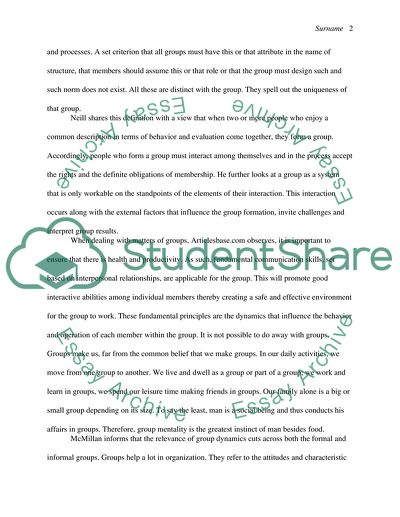Cite this document
(“The Dynamics of Group Behavior Assignment Example | Topics and Well Written Essays - 2000 words”, n.d.)
The Dynamics of Group Behavior Assignment Example | Topics and Well Written Essays - 2000 words. Retrieved from https://studentshare.org/psychology/1740516-the-dynamics-of-group-behavior
The Dynamics of Group Behavior Assignment Example | Topics and Well Written Essays - 2000 words. Retrieved from https://studentshare.org/psychology/1740516-the-dynamics-of-group-behavior
(The Dynamics of Group Behavior Assignment Example | Topics and Well Written Essays - 2000 Words)
The Dynamics of Group Behavior Assignment Example | Topics and Well Written Essays - 2000 Words. https://studentshare.org/psychology/1740516-the-dynamics-of-group-behavior.
The Dynamics of Group Behavior Assignment Example | Topics and Well Written Essays - 2000 Words. https://studentshare.org/psychology/1740516-the-dynamics-of-group-behavior.
“The Dynamics of Group Behavior Assignment Example | Topics and Well Written Essays - 2000 Words”, n.d. https://studentshare.org/psychology/1740516-the-dynamics-of-group-behavior.


